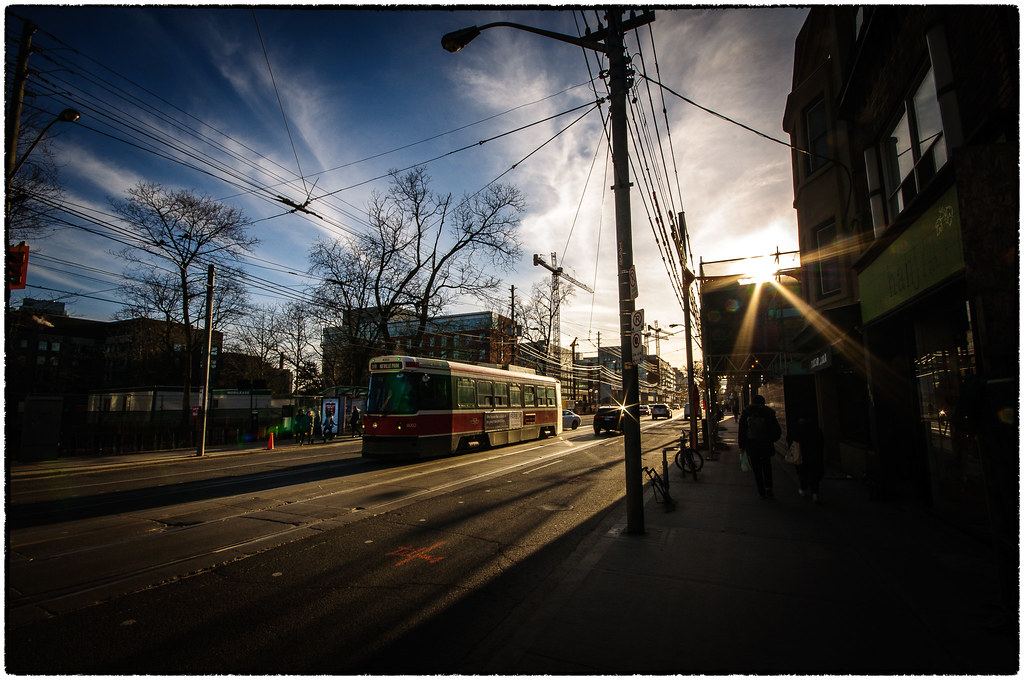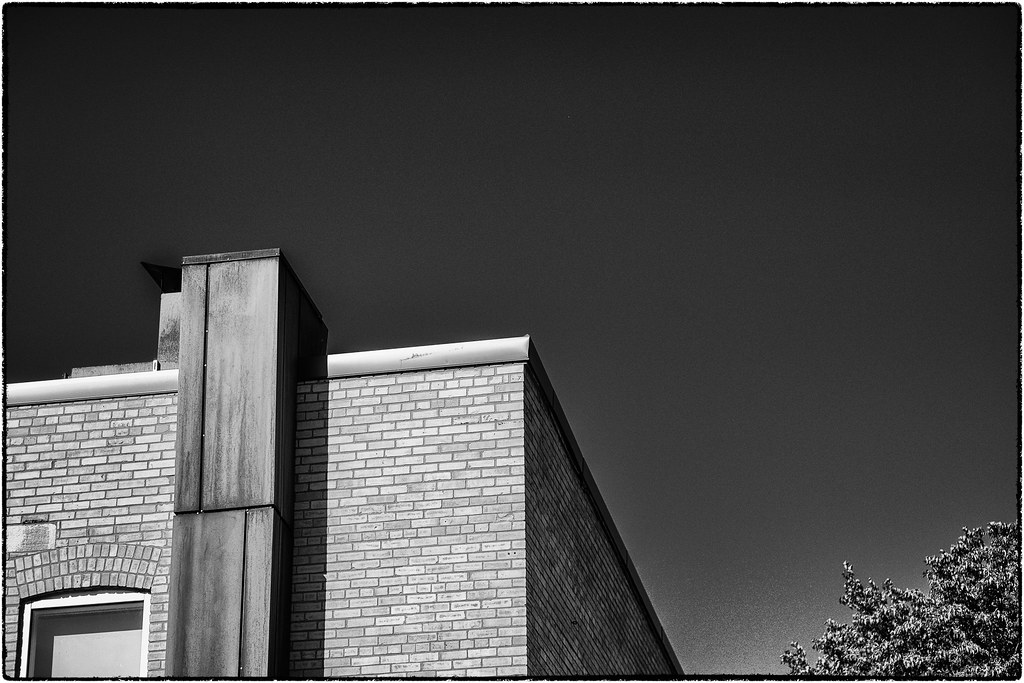
D300, Sigma 10-20 f4-5.6
Here's what I think the 3 FF mirrorless makers need to do over the next 2 years.
1. Sony. Sony's concentration should be on Software and lenses. They need to fix their menus badly. Spend some time with some GOOD UI designers, fix the menu layout, improve some of the silly gotchas (like no ability to assign EVF/LCD to a button, no way to write IBIS focal length to EXIF) then release for the mkII and later bodies. That would keep the mkII's viable as less expensive bodies for a while longer.
On lenses, Sony has the clear advantage for native lenses, but lacks the large selection of DSLR lenses that Nikon and Canon can easily leverage. Sony also has the most inexpensive body options on the market with the 3 mkII A7's and the original A7 still available new. So leverage that. Give us a complete-ish consumer line by launching a FE 70-300 f4.5-6.3 (slower for smaller & cheaper) and a FE 18-35. The first should be no more than $500USD and the second should be $1-200 more expensive. That would give Sony the only reasonably complete consumer lens lineup to match their inexpensive A7 and A7mII bodies
Sony also needs to continue to build out their super-tele line. They'd do well to bring out a 300/2.8 and 600/4 with the same weight loss strategy as the new 400/2.8, and they should look closely at Nikon's 300/4 PF and 500/5.6 PF to fill the remaining gaps. But the faster lenses should be the priority for next year with the Toyko Olympics coming up in 2020.
Sony's at least a couple years away from the next A7 iteration, but an improved A9mII should be due in late 2019 or early 2020, with refined AF tracking and a pair of XQD/CFExpress slots to eliminate the biggest weakness of the A9, it's poor write speed.
2. Nikon. There's two things Nikon needs here. The first is AF & battery life improvements via firmware. Even if the AF complaints from pre-production bodies turns out to be a real nothingburger, Nikon needs to add the very useful AF area functionality that's in the DSLR's but not the Z series. And Nikon needs to fix the fact that they get the worst CIPA performance from the largest battery. Also the lack of a proper vertical grip is disappointing, Sony & Canon did that right. But that's a next-body question, we're pretty much stuck with the current bodies for the next couple years. Nikon should iterate fast.
Nikon should also leverage its long-lens weight advantage from the 300/4 PF and 500/5.6 PF and release 4 additional adapters. One should be a cheap ($100USD or less) ETZ adapter, dropping all mechanical connectivity and only supporting E lenses for full coupling and aperture ring equipped lenses for stop-down metering (and thus giving two major groups a cheaper adapter)
The other 3 should include 1.4x, 1.7x and 2x TC's integrated into the adapter, to save weight and reduce complexity for backpackers using the PF teles and Z bodies to cut weight. These also should be E only (and when a high-speed Z body arrives, these will make the current E superteles the obvious choice and reduce the need for exotic Z lenses).
3. Canon. First thing Canon needs to do is communicate. What happens to EF-M? What lenses are coming? Will there be an EOS Rs high-MP body? Nobody can tell where the R line is going given the products launched yesterday, while Nikon and Sony have some clear direction.
The next thing Canon needs is to pick a consistent set of lenses and start iterating. This should probably be prosumer lenses given the body positioning. Get a 16-35/4, a 50/1.8, a 85/1.8 IS and a 70-200/4 announced as early as possible in 2019. Right now there's no lens line, just 4 scattergun options. The biggest mistake was the 50/1.2L, it probably should have been a 50/1.4 at $600 or so, which would have been consistent with the 24-105 and 35 IS.
The third thing Canon needs to do is get decent AI Servo performance. 3fps with tracking is pathetic, inferior to the A7mII which can be had for 2/3rds the cost of an EOS R. In terms of actual performance where Nikon aimed at the mkII's and hit a triple with a scoring threat, Canon bunted and barely made it safe on first.



